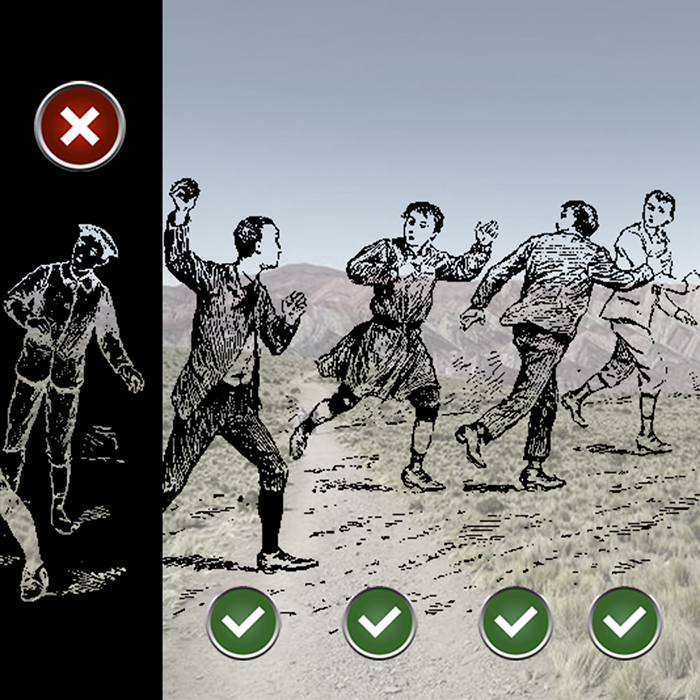
An example of developmental gaps is play. Play is developmental. Initially children’s plays is entirely self-directed; they explore the world and the adult gets alongside them and comments on their play, joining in as invited, A this early stage we do not expect children to play cooperatively or imaginatively or to join in games with complex rules. Many adopted and care experienced children have not fully learnt how to play, because in early development they missed our on the input that helps play to develop
We can think about children’s needs using the framework of child development and the ages and stages of typical development. (See diagram below)
| SOCIAL | SELF-HELP | GROSS MOTOR | FINE MOTOR | LANGUAGE | |
|---|---|---|---|---|---|
| AGE 6 m | Social Smile Distinguishes mother/ main caregiver from other | Reacts to sight of bottle or breast Comforts self with thumb or pacifier | Lifts head and chest when lying on stomach Turns around when lying on stomach | Looks at and reaches for faces and toys Picks up toy with one hand | Reacts to voices - Vocalises coos, chuckles Vocalisis spontaneously - social |
| 9 m | Pushes things away he/she doesn't like | Rolls over from back to stomach Sits alone steady without support | Transfers toy from one hand to another Picks up object with thumb and finger grasps | Responds to name - turns and looks Wide range of vocalisations (vowel sounds, consonant- vowel combination? |
|
| 12 m | Plays social games, peek a boo, bye bye Plays patty cake | Picks up a spoon by handle | Crawls around on hands and knees Walks around furniture or crib without holding on | Picks up small objects - precise thumb and finger grasps | Word sounds - says Ma-Ma or Da-Da Understands words like “No”, “Stop”, or “All gone” |
| 18 m | Wants stuffed animal or blanket in bed Gives kisses or hugs Greats people with “hi” or similar | Lifts cup to mouth and drinks Feeds self with spoon Insists on doing things by self such as feeding | Stands without support Walks without help Runs | Stacks two or more blocks Picks up two small toys in one hand Scribbles with crayon | Uses one or two words as name of things or actions Talks in a single word Asks for food or drink with words |
| 2 y | Sometimes says “No” when interfered with Shows sympathy to other children - tries to comfort them Usually responds to corrections - stops | Eats with fork Eats with spoon, spilling little Takes off open coat or shirt without help | Kicks a ball forward Runs well, seldom falls Walks up and down stairs alone | Builds towers of four or more blocks Turns pages of picture books, one at a time | Follows simple instructions Uses at least 10 words Follows two part instructions |
| 2.5 y 3 y | “Helps” with simple household tasks Plays with other children - cars, dolls, building Plays a role in “pretend” games - mum-dad, teacher, space pilot | Opens door by turning knob Washes and dries hands Dresses self with help | Climbs on play equipment, ladders, slides Stands on one foot without support Walks up and down stairs one foot per step | Scribbles with circular motion Draws or copies vertical line Cuts with small scissors | Talks in two-three word phrases or sentences Talks clearly - is understandable most of the time Understands four prepositions - in, on, under, beside |
| 3.5 y 4 y | Gives direction to other children Plays cooperatively with minimum conflict and supervision Protective toward younger children | Toilet trained Washes face without help Dresses and undresses without help except for shoelaces | Rides around on a tricycle using pedals Hops on one foot without support | Draws or copies a complete circle Cuts across paper with small scissors | Combines sentences with the words “and” “or” or “but” Identifies four colours correctly Counts five or more objects when asked “How many”? Understands concepts -size, number and shape |
| 4.5 y 5 y | Follows simple rules in board or card games Shows leadership among children | Buttons one or more buttons Usually looks both ways before crossing road/street Goes to the toilet without help | Skips or makes running “broad jumps” Swings n swing, pumping by self | Draws recognisable pictures Draws a person that as at least 3 parts (head, eyes, nose etc.) Prints first name (four letters) | Follows a series of 3 simple instructions Read a few letters (five+) Tells meaning of familiar words |
As part of information gathering, teachers and educational staff caring for the child may talk to parents about any experiences the child may have missed out on and how the child’s needs have or have not been met in the following areas:
For many adopted and care experience children the details of their early lives are not fully known. We are often hypothesising, working backwards from the child current difficulties. You can map your hypotheses about what was present and what was absent for the child. This approach will help support you in understanding what is needed. For example, if the building blocks of play or socialisation or cognition are missing then we need to fill these in by providing the opportunities we would offer to younger children.

The BRIGHTER FUTURE project has been funded with support from the European Commission. This publication reflects the views only of the authors, and the Commission cannot be held responsible for any use which may be made of the information contained therein.
